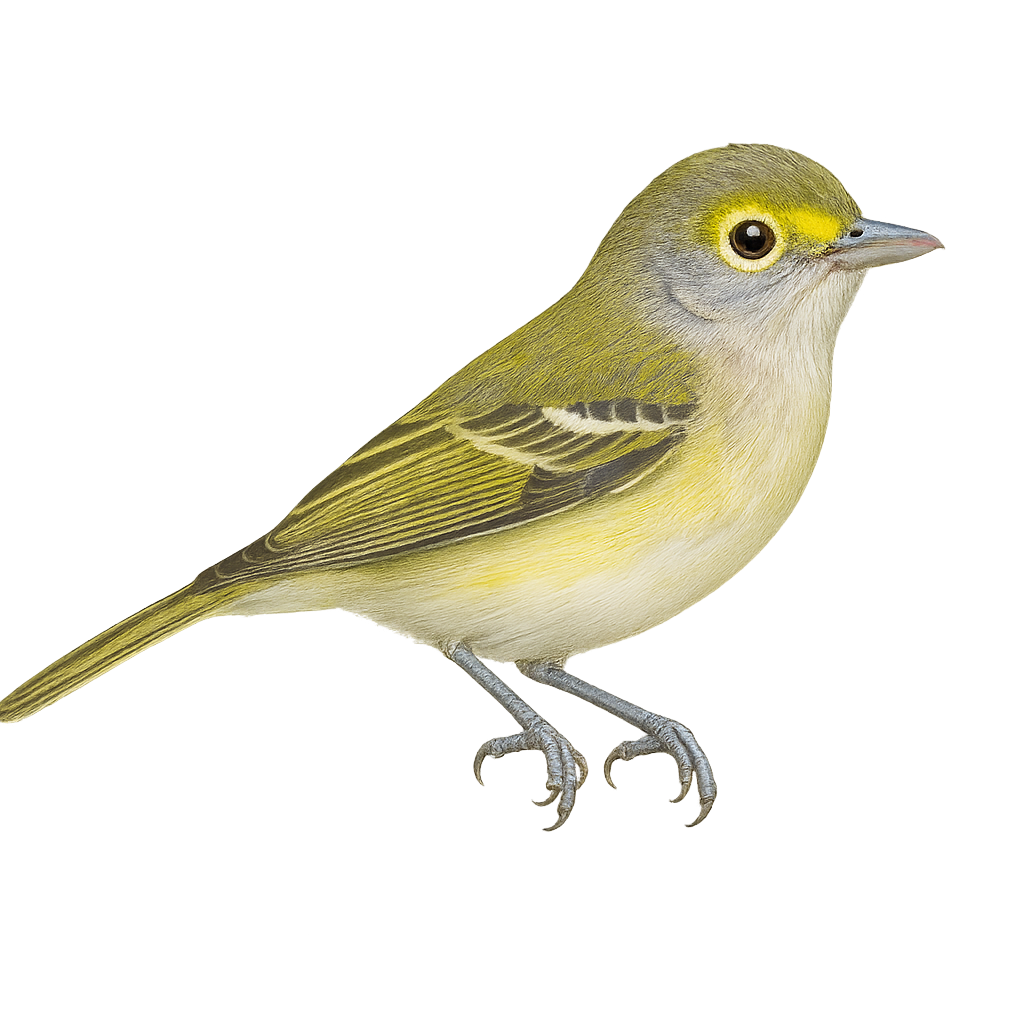Your wildlife photography guide.
Explore the white-eyed vireo in detail, study its behavior, prepare your shots.
Where to observe and photograph the white-eyed vireo in the wild
Learn where and when to spot the white-eyed vireo in the wild, how to identify the species based on distinctive features, and what natural environments it inhabits. The WildlifePhotographer app offers tailored photography tips that reflect the white-eyed vireo’s behavior, helping you capture better wildlife images. Explore the full species profile for key information including description, habitat, active periods, and approach techniques.
White-eyed Vireo
Scientific name: Vireo griseus

IUCN Status: Least Concern
Family: VIREONIDAE
Group: Birds
Sensitivity to human approach: Suspicious
Minimum approach distance: 5 m
Courtship display: March to June
Incubation: 13-15 jours
Hatchings: March to July
Habitat:
Forests, dense thickets, wetlands
Activity period :
Primarily active during the day, with peak activity in the morning and late afternoon.
Identification and description:
The White-eyed Vireo, or Vireo griseus, is a small songbird belonging to the Vireonidae family. It is easily recognizable by its distinctive white eyes, surrounded by a bright yellow ring. Its size ranges from 12 to 15 cm, with primarily olive-green plumage on the back and white on the belly. It is mainly found in wooded areas and dense thickets of the eastern United States, although it migrates south for the winter. Its song is a complex mix of whistled notes and trills, often repeated throughout the day. The White-eyed Vireo is an active and curious bird, often seen foraging for insects among the leaves.
Recommended lens:
400mm – adjust based on distance, desired framing (portrait or habitat), and approach conditions.
Photography tips:
To photograph the White-eyed Vireo, it is advisable to use a telephoto lens of at least 400mm to capture detailed images without disturbing the bird. Look for it in dense thickets where it actively forages. Be patient and discreet, as this bird can be suspicious. Use a tripod to stabilize your camera and wait for it to perch on an open branch for a sharp shot. Take advantage of the natural light in the morning or afternoon for more vibrant colors.
The WildlifePhotographer App is coming soon!
Be the first to explore the best nature spots, track rutting seasons, log your observations, and observe more wildlife.
Already 1 431 wildlife lovers subscribed worldwide

